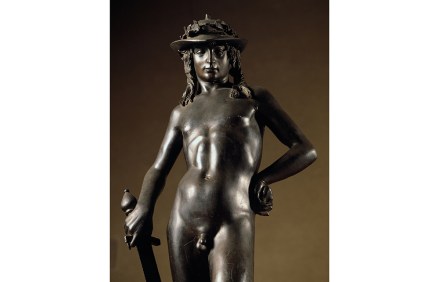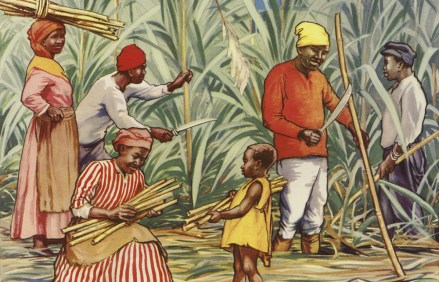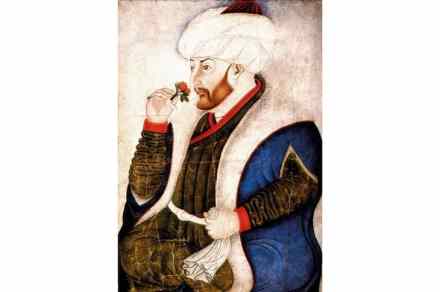Flirting in 15th-century Florence
Noel Malcolm, a former political columnist of The Spectator, the historian of English nonsense verse and editor of Thomas Hobbes’s Leviathan, has written a book on an arresting subject. Forbidden Desire in Early Modern Europe gives close and relentless scrutiny to male-male sexual relations in Europe, the Ottoman empire, north Africa and in such dispersed colonies and outposts as New England, Peru, Cape Town and the Dutch East Indies. Malcolm’s interest in the subject began with his find of a cache of documents dating from 1588. These recorded the official investigation of a male couple – a trainee interpreter for Venice’s envoy in Constantinople and the envoy’s barber – who




